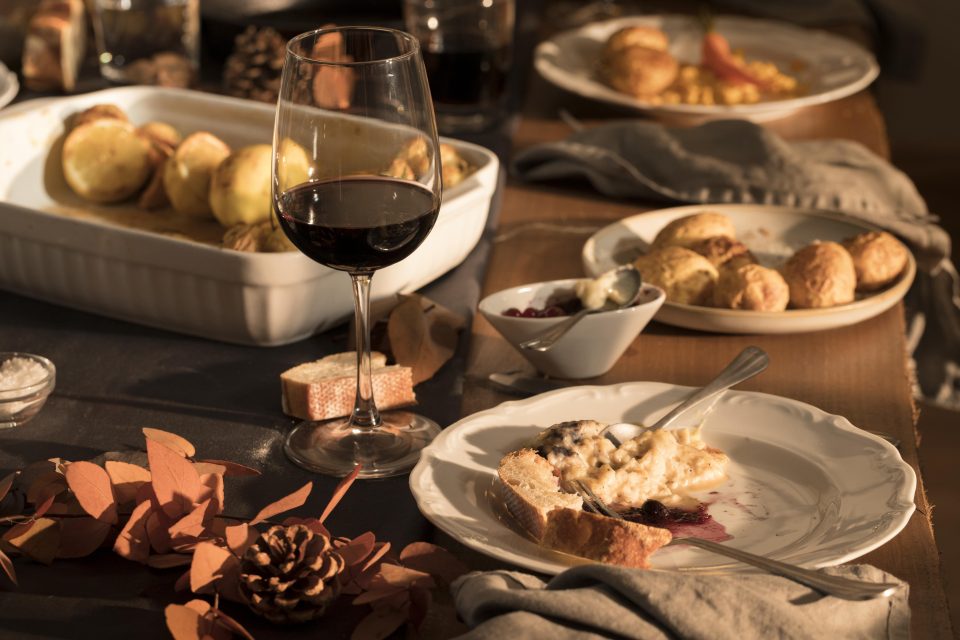When it comes to the world of wine, few regions command as much respect and admiration as the vineyards of France. Among the many varieties that France has to offer, its red wines hold a special place in the hearts of wine enthusiasts worldwide. With their rich history, diverse terroirs, and exquisite flavors, the French red wine is often the centerpiece of elegant dinners and celebratory moments.
However, unlocking the full potential of a bottle of French red wine requires more than just a corkscrew and a glass. To truly savor the experience, one must delve into the art of food and wine pairing—a harmonious blend that transforms a meal into an unforgettable gastronomic journey. In this article, we embark on a delightful voyage through the world of French red wine and food pairing, exploring the nuances, tips, and secrets that will elevate your dining experience from ordinary to extraordinary.
Join us as we uncork the essence of French culture and tradition, where every bottle becomes an invitation to a sumptuous feast. Whether you’re a seasoned sommelier or a curious novice, these pairing tips will help you create memorable moments around the table, guided by the elegance and complexity of French red wine. Continue reading to learn more.
Consider the Wine’s Region
Perhaps one of the most crucial aspects of successful French red wine and food pairing is taking into account the wine’s region of origin. France boasts numerous wine regions, each with its own unique terroir, grape varieties, and flavor profiles. Burgundy, Bordeaux, Rhône Valley, and many others contribute to the diverse tapestry of French wines.
When selecting a wine to accompany your meal, it’s essential to consider the regional characteristics. For example, a delicate Pinot Noir from Burgundy pairs beautifully with poultry and lighter dishes, while a robust Bordeaux red, with its structured tannins, complements hearty meats and rich sauces. Understanding the regional nuances is like unlocking the secret code to finding the perfect synergy between French red wines and the cuisine they were destined to accompany.
Match Intensity
Another fundamental principle in the art of French red wine and food pairing is the consideration of intensity. In this context, intensity refers to the weight, body, and flavor concentration of both the wine and the dish. It’s a harmonious balance that ensures neither the wine nor the food overwhelms the other.
For instance, a bold and full-bodied Bordeaux wine with its deep flavors of blackcurrant and earthy notes will find its ideal companion in a hearty beef stew or a rich, red meat dish. Conversely, a light and fruity Beaujolais pairs delightfully with lighter fare like roasted chicken or salmon. The goal is to create a synergy where the wine enhances the flavors of the dish, and the dish, in turn, accentuates the wine’s nuances, resulting in a truly memorable dining experience.
Balance Acidity
Acidity is a characteristic present in both wines and dishes, and when matched thoughtfully, it can elevate the dining experience. High-acidity wines, such as those from the Loire Valley or some Pinot Noirs, can beautifully complement dishes with bright, zesty flavors. For example, a wine with vibrant acidity can provide the perfect counterpoint to a tangy tomato-based French Provencal ratatouille.
On the other hand, when enjoying dishes with creamy sauces or rich textures, like a decadent Coq au Vin, a wine with softer acidity, such as a Merlot or a Châteauneuf-du-Pape, can provide a smoother and more harmonious pairing. The key is to strike a balance where the wine’s acidity enhances, rather than overpowers, the flavors of the food, creating a delightful symphony on the palate.
Consider Tannins
Understanding tannins is also a crucial element when embarking on the journey of French red wine and food pairing. Tannins are compounds found in the skins, seeds, and stems of grapes, and they impart a unique mouthfeel to wine—often described as a dry, slightly astringent sensation. Red wines vary in their tannin levels, with wines like Cabernet Sauvignon and Bordeaux typically containing more noticeable tannins, while lighter varietals like Gamay have softer tannin profiles.
When pairing, it’s important to match the wine’s tannin intensity with the dish’s characteristics. Tannic wines, with their structure, pair excellently with fatty and protein-rich foods like steak or lamb, as the tannins help cut through the richness. Conversely, for dishes with delicate flavors and textures, such as roast chicken or fish, opt for wines with smoother, lower tannins to ensure a harmonious balance.
Match Flavors and Aromas
When it comes to the art of French red wine and food pairing, a delightful harmony can be achieved by aligning flavors and aromas between the wine and the dish. French red wines often boast a wide spectrum of flavor profiles, ranging from fruity and floral to earthy and spicy. Similarly, French cuisine offers a diverse palette of flavors, from the herbaceous notes of Provencal herbs to the rich, decadent sauces of Burgundy.
To create a memorable pairing, consider the primary flavors and aromas of both the wine and the dish. For instance, a wine with notes of blackberries and a hint of cedar pairs beautifully with a grilled lamb dish seasoned with rosemary and thyme. This synergy not only elevates the dining experience but also allows you to appreciate the wine and food in a new light, discovering subtle nuances with each sip and bite.
Key Takeaway
The world of French red wine and food pairing is a captivating journey of flavors, textures, and traditions. These pairing tips provide the key to unlocking the full potential of your dining experience. French red wines, with their rich history and diversity, offer a delightful palette for culinary exploration, while the art of pairing elevates every meal into a gastronomic adventure. Whether you’re an enthusiast or a novice, remember that the true magic happens when a bottle finds its way to your table, transforming an ordinary evening into a memorable and exquisite occasion.

